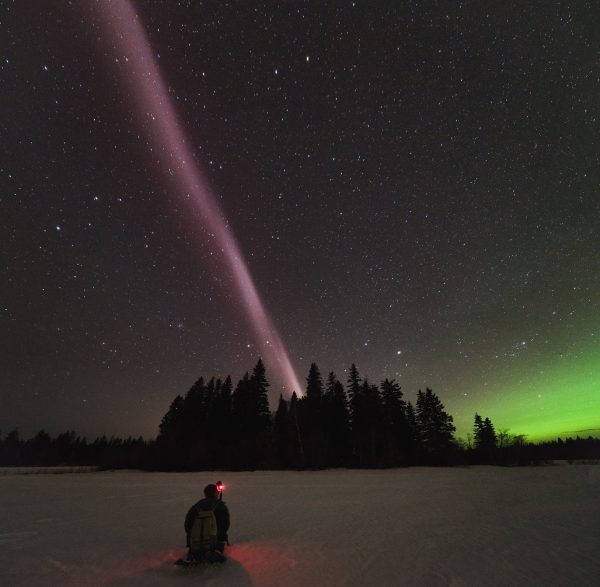
Three years ago, a mysterious purplish glow arced across the Canadian skies. The light show was a completely unknown celestial phenomenon, so it was given a name befitting its beauty and grandeur: Steve.
Now, scientists have finally pinpointed what causes the phenomenon’s glowing ribbons of reddish purple and green: magnetic waves, winds of hot plasma and showers of electrons in regions they normally never appear.
While aurora glows occur when electrons and protons fall into Earth’s atmosphere, “the STEVE atmospheric glow comes from heating without particle precipitation,” study co-author Bea Gallardo-Lacourt, a space physicist at the University of Calgary in Canada, said in a statement.
STEVE’s green picket fence, on the other hand, forms as auroras do: when electrons rain down on the upper atmosphere. However, this occurs far south of the latitudes where auroras usually form, “so it’s indeed unique,” Gallardo-Lacourt said.


